|
Yellowstone’s abundant and diverse wildlife are as famous as its geysers. There are nearly 300 species of birds, 16 species of fish, five species of amphibians, six species of reptiles, and 67 species of mammals—including seven native ungulate species and two bear species. 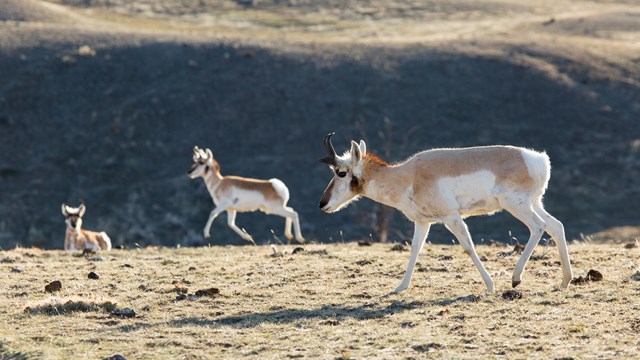
Mammals
All of the park's hoofed mammals migrate across the park to find the best plant growth. 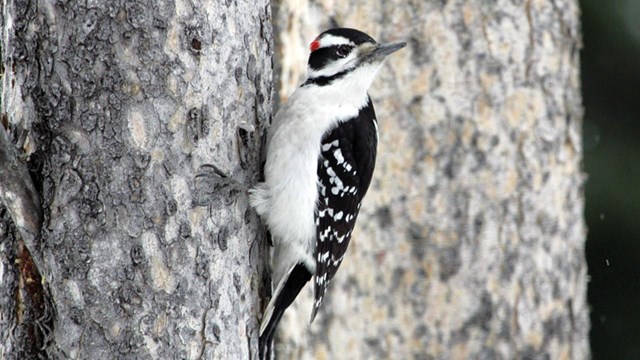
Birds
Spring is a wonderful time to look for birds, as migration brings many birds back to the park. 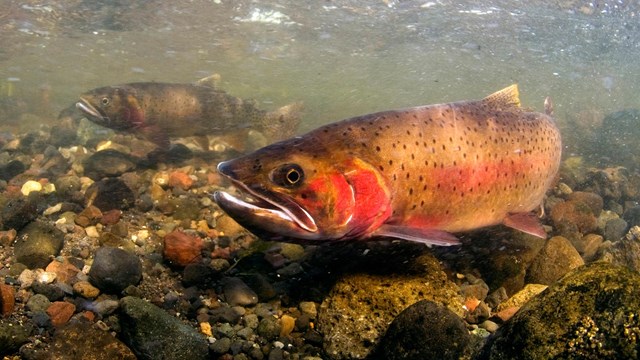
Native Fish Species
Native fish underpin natural food webs and have great local economic significance. 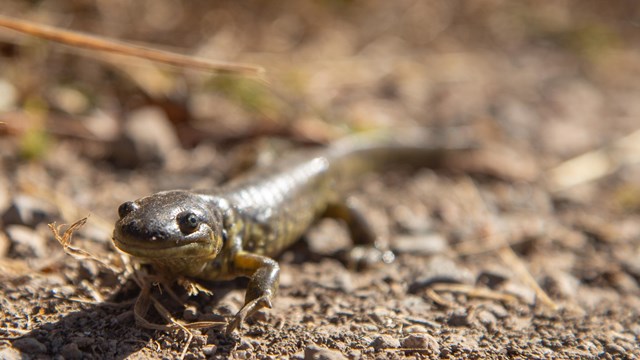
Amphibians
Amphibians are valuable indicators of stressors such as disease or climate change. 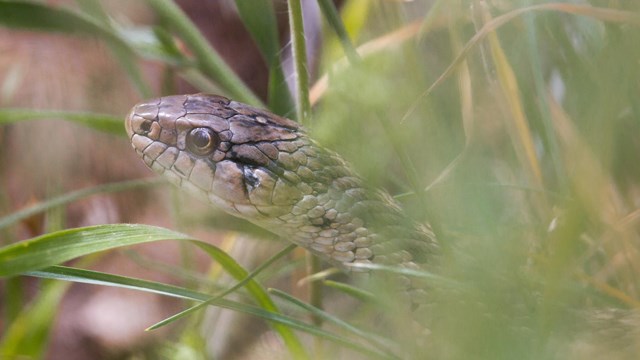
Reptiles
There are six reptile species in Yellowstone. Wild animals, especially females with young, are unpredictable and dangerous. Keep a safe distance from all wildlife. Each year a number of park visitors are injured by wildlife when approaching too closely. Approaching on foot within 100 yards (91 m) of bears or wolves, or within 25 yards (23 m) of other wildlife is prohibited. Please use roadside pullouts when viewing wildlife. Use binoculars or telephoto lenses for safe viewing and to avoid disturbing wildlife. By being sensitive to its needs, you will see more of an animal’s natural behavior and activity. If you cause an animal to move, you are too close. It is illegal to willfully remain near or approach wildlife, including birds, within any distance that disturbs or displaces the animal. 
Wildlife Watching
Bring binoculars or a spotting scope and enjoy watching animals from a safe distance. 
Nature
Discover the natural wonder of Yellowstone, from the geology beneath the plant communities to the animals migrating through the ecosystem. |
